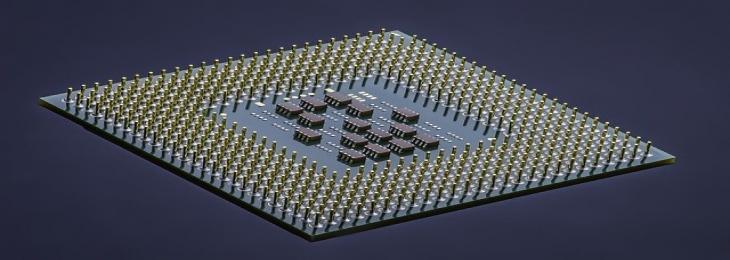Sep, 2021 - By WMR

These discoveries could lead to the manufacturing of semiconductor devices that can be used in everyday electronics and optoelectronics.
A newly discovered family of two-dimensional (2D) semiconductors, according to researchers from the Singapore University of Technology and Design, might open up opportunities for high-performance and energy-efficient electronics. The quantum tunneling effect causes highly uncontrolled device behaviors when a silicon-based transistor is shrunk too short. Beyond the silicon age, people are seeking new materials, and 2D semiconductors are a potential option. 2D semiconductors are materials with a thickness of a few atoms.
Due to their nanoscale size, these materials are potential alternatives as silicon replacements in the development of compact electronic equipment. When they come into touch with metals, however, many presently available 2D semiconductors suffer from significant electrical resistance. Ohmic connections, or metal-semiconductor contacts without a Schottky barrier, attracted the team's curiosity. SUTD Assistant Professor Ang Yee Sin and collaborators from Nanjing University, the National University of Singapore, and Zhejiang University demonstrated that a newly discovered family of 2D semiconductors, namely MoSi2N4 and WSi2N4, form Ohmic contacts with the metals titanium, scandium, and nickel, that are commonly used in the semiconductor device industry, in their research.
The researchers also demonstrated that the novel materials are free of Fermi level pinning (FLP), a condition that significantly restricts the utility of conventional 2D semiconductors. Engineers are still unable to tune or adjust the Schottky barrier between the metal and the semiconductor due to FLP, limiting a semiconductor device's flexibility in the design. Ang's team discovered that MoSi2N4 and WSi2N4 are naturally resistant to FLP due to an inert Si-N outer layer that protects the below semiconducting layer from errors and material interactions at the contact surface. The Schottky barrier is 'unpinned' as a result of this protection and can be adjusted to meet a wide range of application needs.
With key manufacturers such as TSMC and Samsung recently showing interest in 2D semiconductor electronics, this increase in performance involves putting 2D semiconductors in the running as an alternative for silicon-based technology.

We will be happy to help you find what you need. Please call us or write to us: